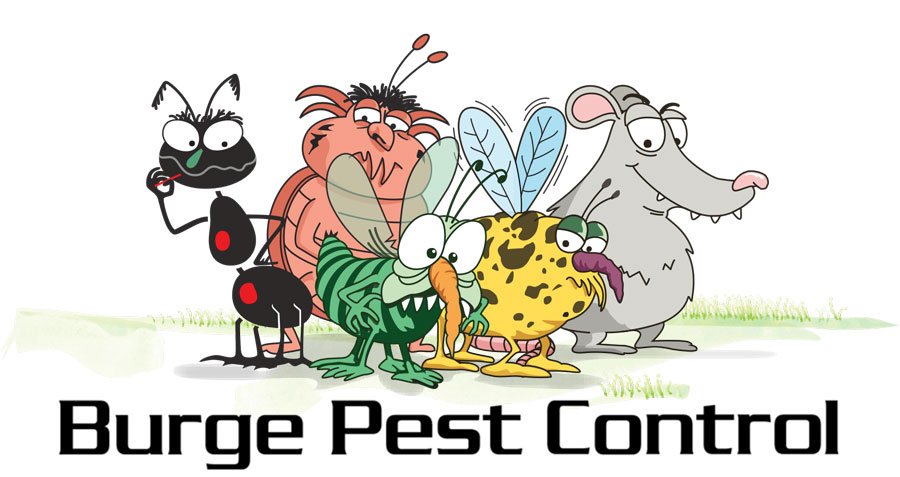Follow Us x
Identify:
Bumble bee workers can be anywhere from 1/2" to 5/8" long with queens being over 3/4". They are furry looking with black and yellow coloring.
A Short Bio:
Bumble bees are beneficial to the environment. They help pollinate flowers, trees and vegetables. They are not aggressive unless grabbed or when protecting their nests.
During the first warm days of the spring new fertile queens that have over wintered emerge to look for new places to make their colony. They can be in any soil cavity, under sheds, and even in attics. The queen will build her hive and care for her young as they go through a complete metamorphosis. This means they start as eggs, then turn into larvae, then they pupate, and then emerge as worker bees.
After the workers emerge they will begin to work to support the colony and the queen. As the queen takes more and more time laying eggs the workers will take over the gathering of pollen and nectar. They do make honey, but just enough to feed the young.
Even during the summer, bumble bee hives rarely get bigger than a softball. When the hive is mature the queen starts laying eggs that will become next year's queens and males. After mating, the new queens leave to over winter and the males die. As food sources dwindle so does the colony and soon it will die out.
Our Treatment:
When bumble bees nests are near or in homes it may be necessary to destroy them. Since each colony presents its own problems, techniques will vary.



